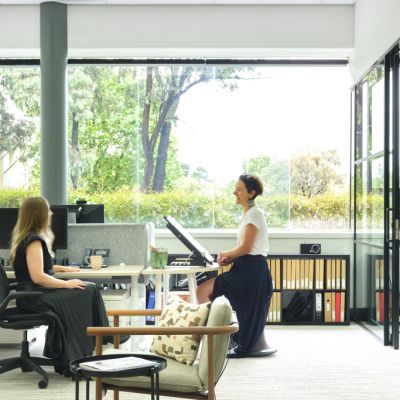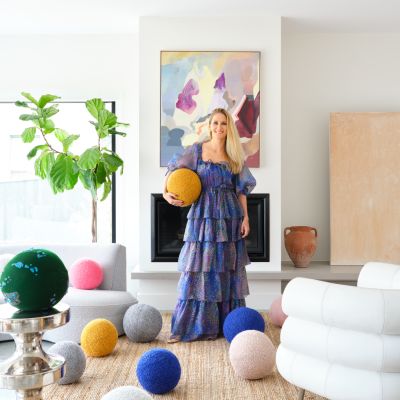'An integrated artist': The Canberra creative embracing colour with each project
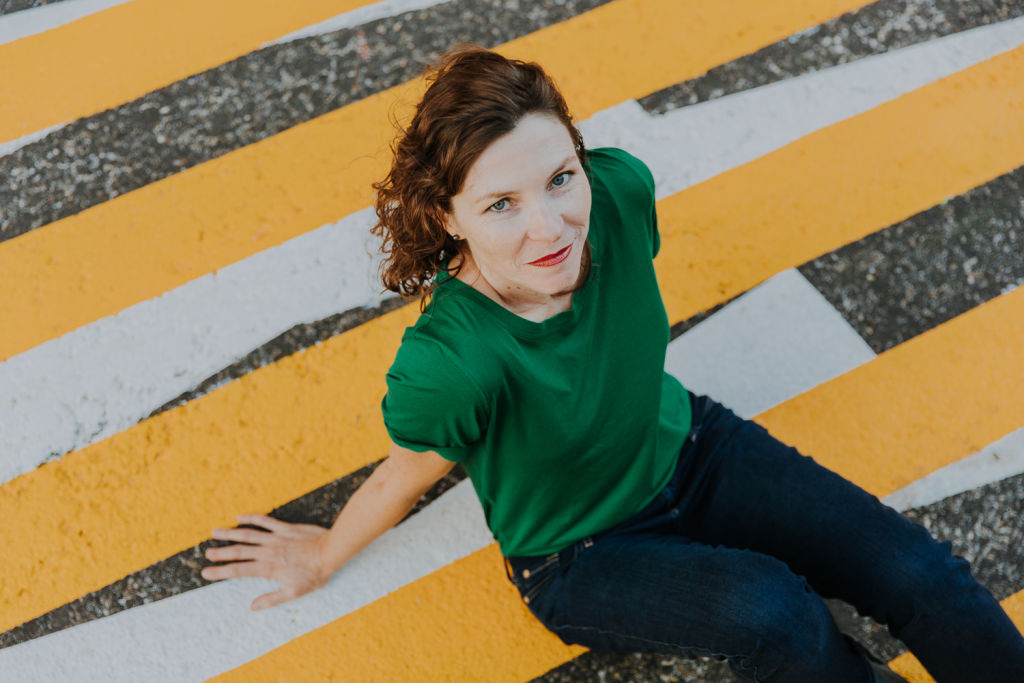
For the past 11 years, Sonia van de Haar has described her practice in many different ways: an architectural colour specialist; a colour therapist for chromophobic architects; a painter of murals; an artist.
“The architects I collaborate with often describe me as an integrated artist,” she says. “Whichever it is, my primary focus is colouring in and on buildings.”
The truth is she’s probably a combination of all of the above. But, until my interaction with van de Haar, I didn’t realise such a profession existed. And yet, of course it does – it makes complete sense.
It’s someone who works and collaborates with architects, designers and private clients to realise the potential for colour and materials to make designed spaces as good as they can be.
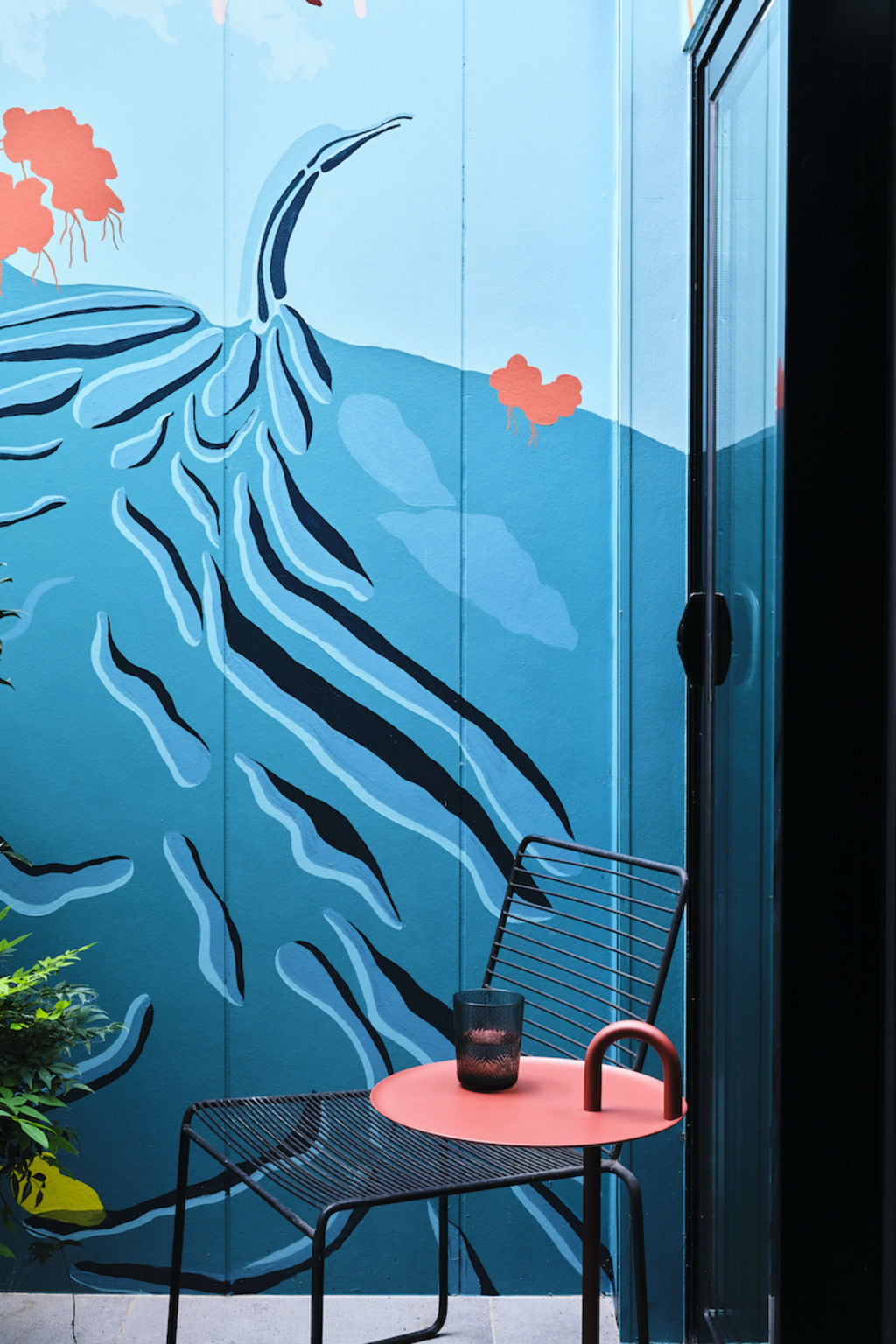
“I felt there was a lot of unrealised potential, because architects are not generally trained in the spatial use of colour, and I saw there was a niche I could develop for myself,” van de Haar says.
Having gone to art school here in Canberra, studying painting and fresco painting while on exchange in India, then later studying architecture, van de Haar eventually combined those skills and started her business, Lymesmith.
“I started Lymesmith in 2011 after returning to Australia from the UK, with a young child and the desire to design myself my ideal job,” she says. “I sat down and thought through the things I was most passionate about and tried to work that into a job description.
That’s when she came up with the idea of being an architectural colour specialist.
“My aim is to inspire clients to embrace colour to enrich the spaces they build and inhabit,” she explains.
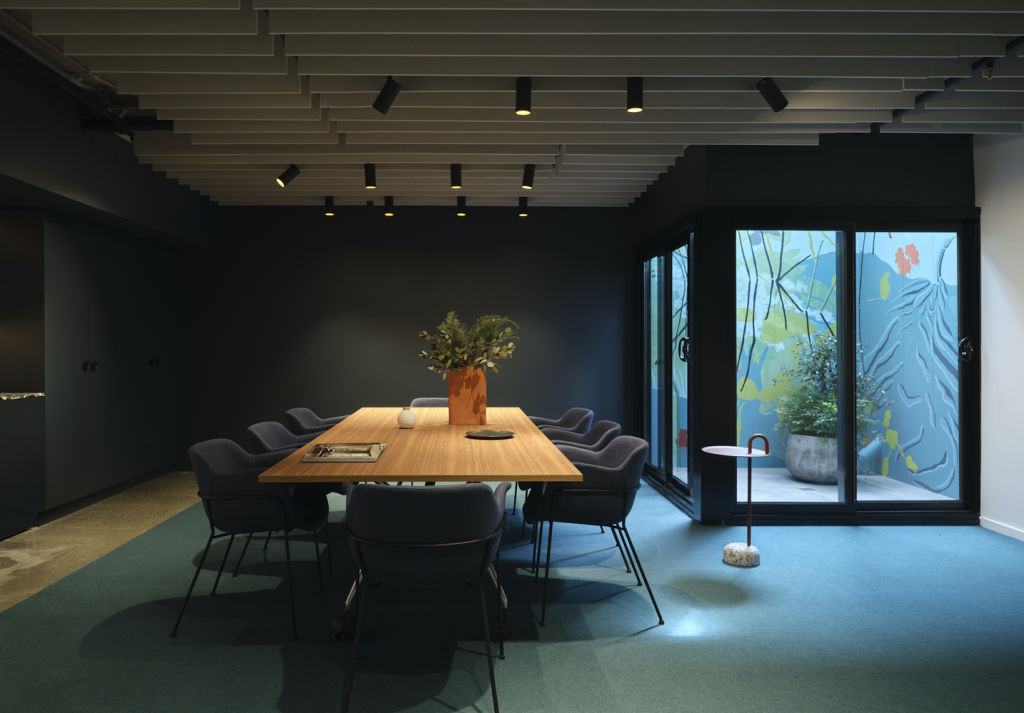
“Thoughtful, creative colour design can make buildings so much more humane, inclusive, engaging and beautiful. It’s not about colour trends, either. Good colour design has longevity and meaning for the people who use the buildings.
“I love to give residential clients the confidence to enjoy and celebrate their homes and their individuality through personalised colour design. I want my clients to feel joy when they come home every day.”
As part of her job, van de Haar is also an incredible mural artist, using bold and interesting colour combinations and fairly simple abstracted forms to create the most eye-catching of artworks.
“I believe murals should be decorations at the scale of the building,” she says. “They should feel as if they belong to that building and place.
“I research the local context and develop a unique story for each mural. They are all based on the location they occupy, and are influenced by the architecture they adorn, and the clients they are for.”
Van de Haar says that when she’s working on it, every project is her favourite.
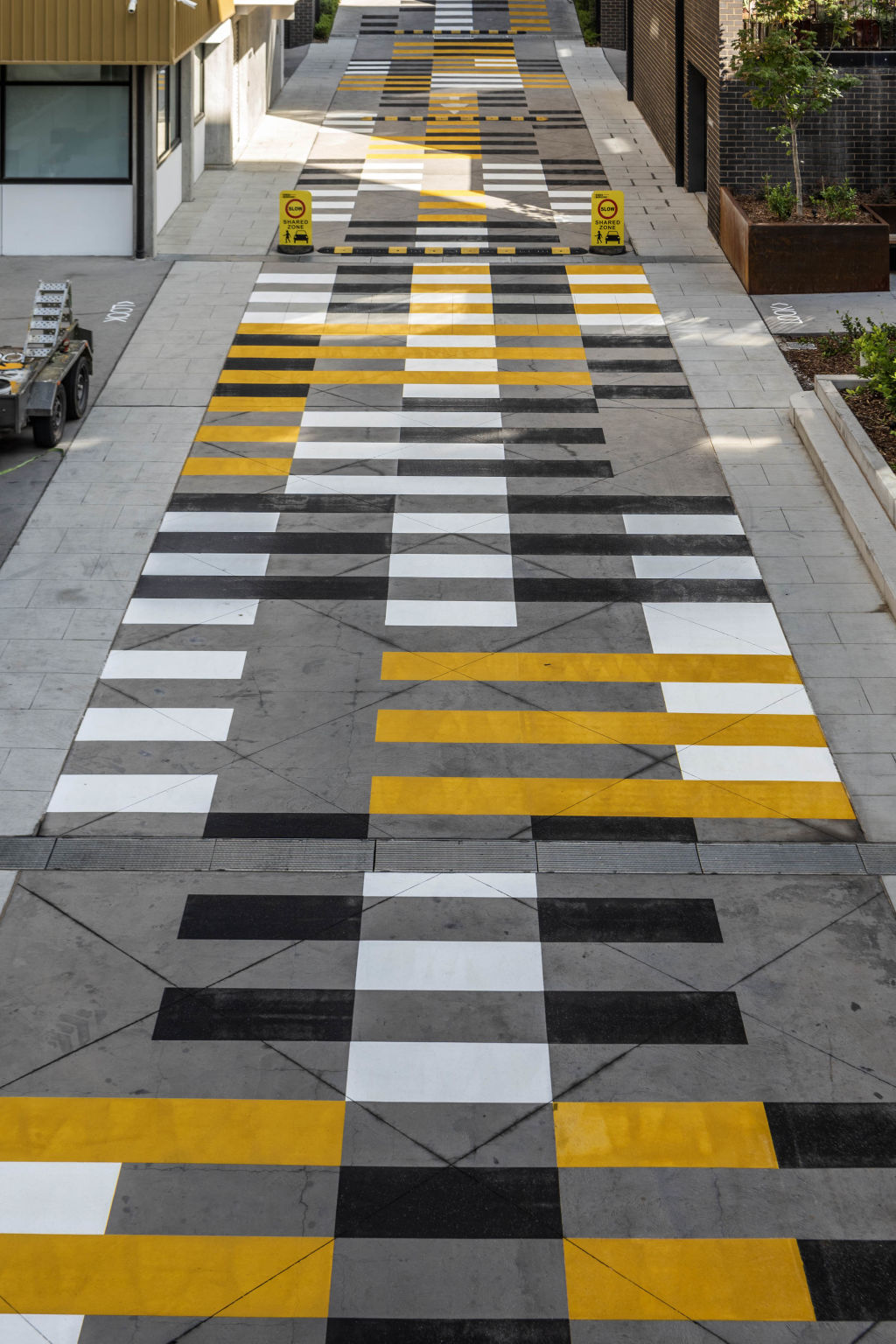
One of her most recent local projects is Underwater Sky for Jega developments, which also built Kingsborough Village.
“This mural is in a lightwell, below ground level and is inspired by the Jerrabomberra Wetlands,” van de Haar says.
“I worked with interior designer Sally Hieatt to develop the interior colour palette and ensure a seamless harmony between the interior fit-out and the mural. They enhance each other.”
She also creates large-scale ground paintings, or “supergraphics”, using road-marking paint. One which locals might recognise is located in Kingston’s Kingsborough development. Titled Weave, it’s designed to help calm traffic on the shared entry and exit into the precinct.

“I’ve worked on many different types of buildings, from public toilets to animal shelters to private houses,” van de Haar says.
“My aim is always to connect people and place by intelligently using colour derived from the context, and/or that is appropriate to the architectural and cultural qualities of the place.”
We recommend
We thought you might like
States
Capital Cities
Capital Cities - Rentals
Popular Areas
Allhomes
More
